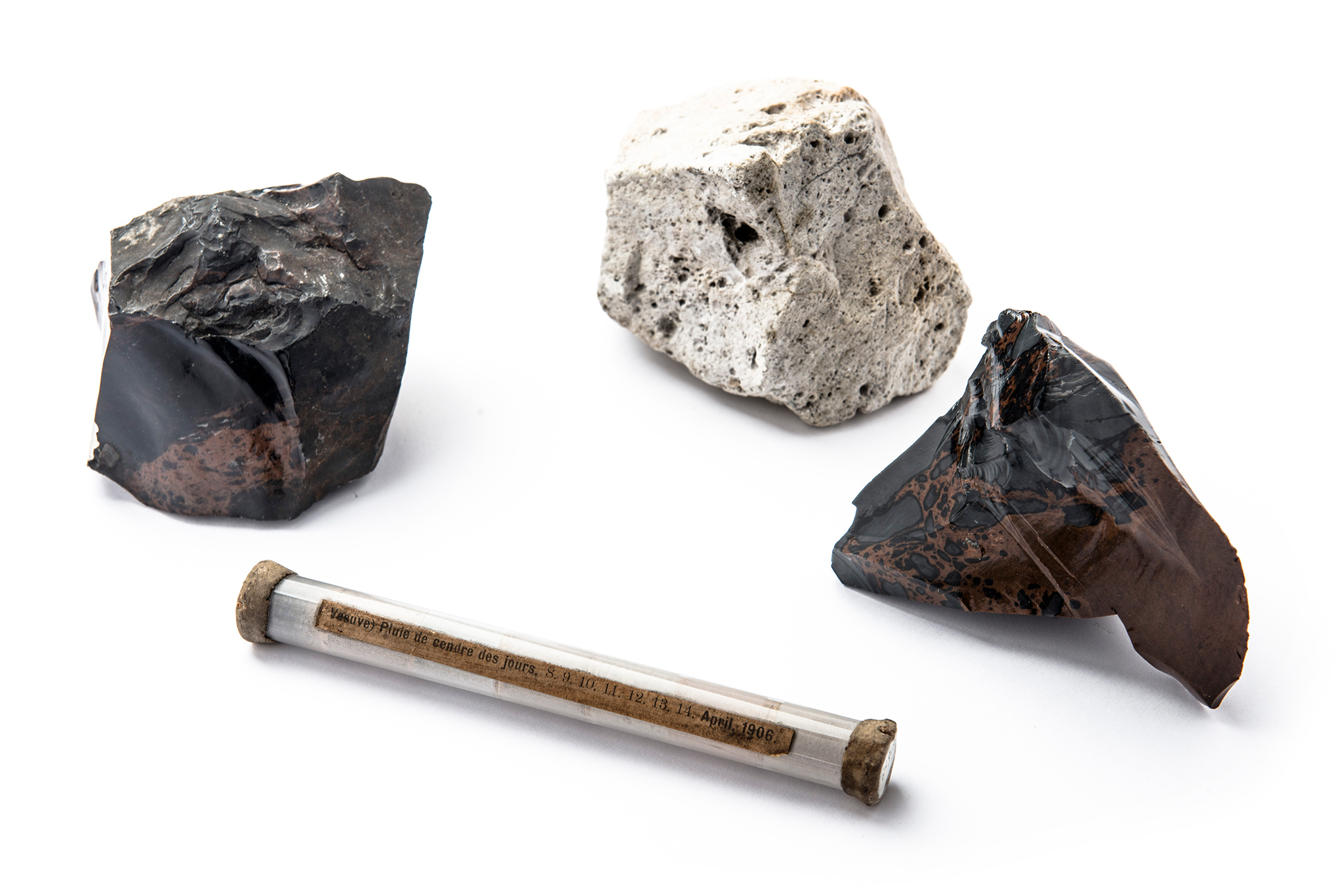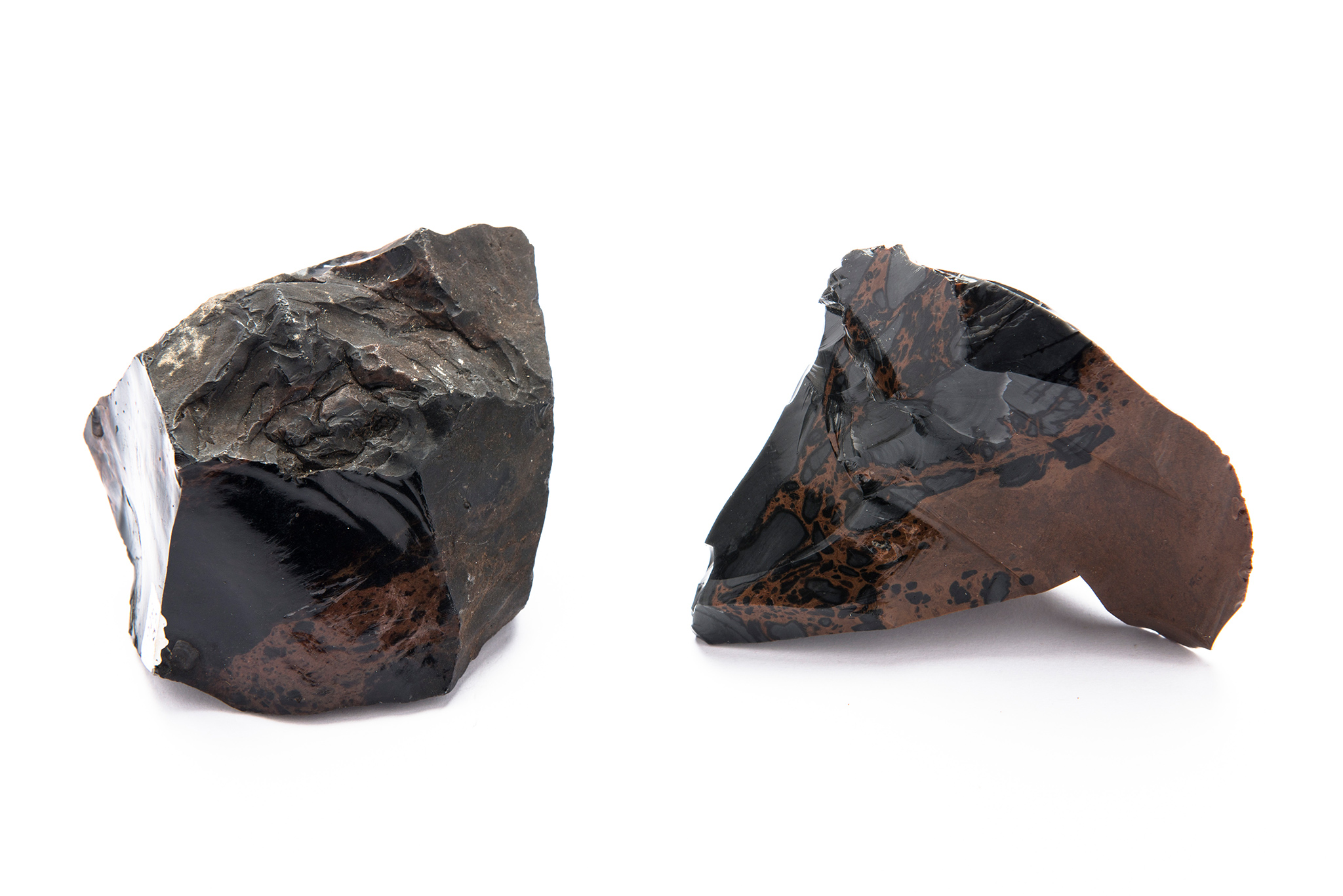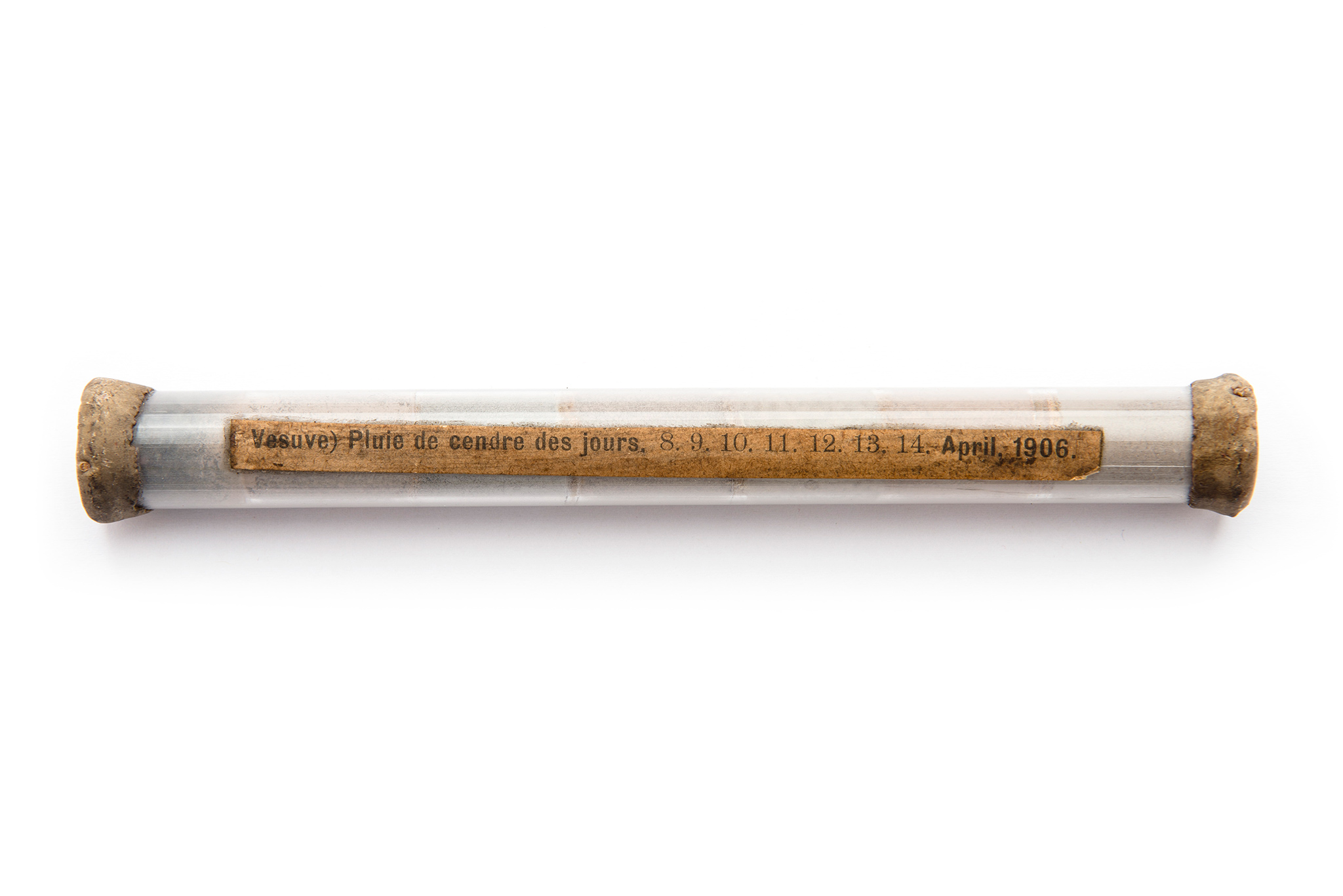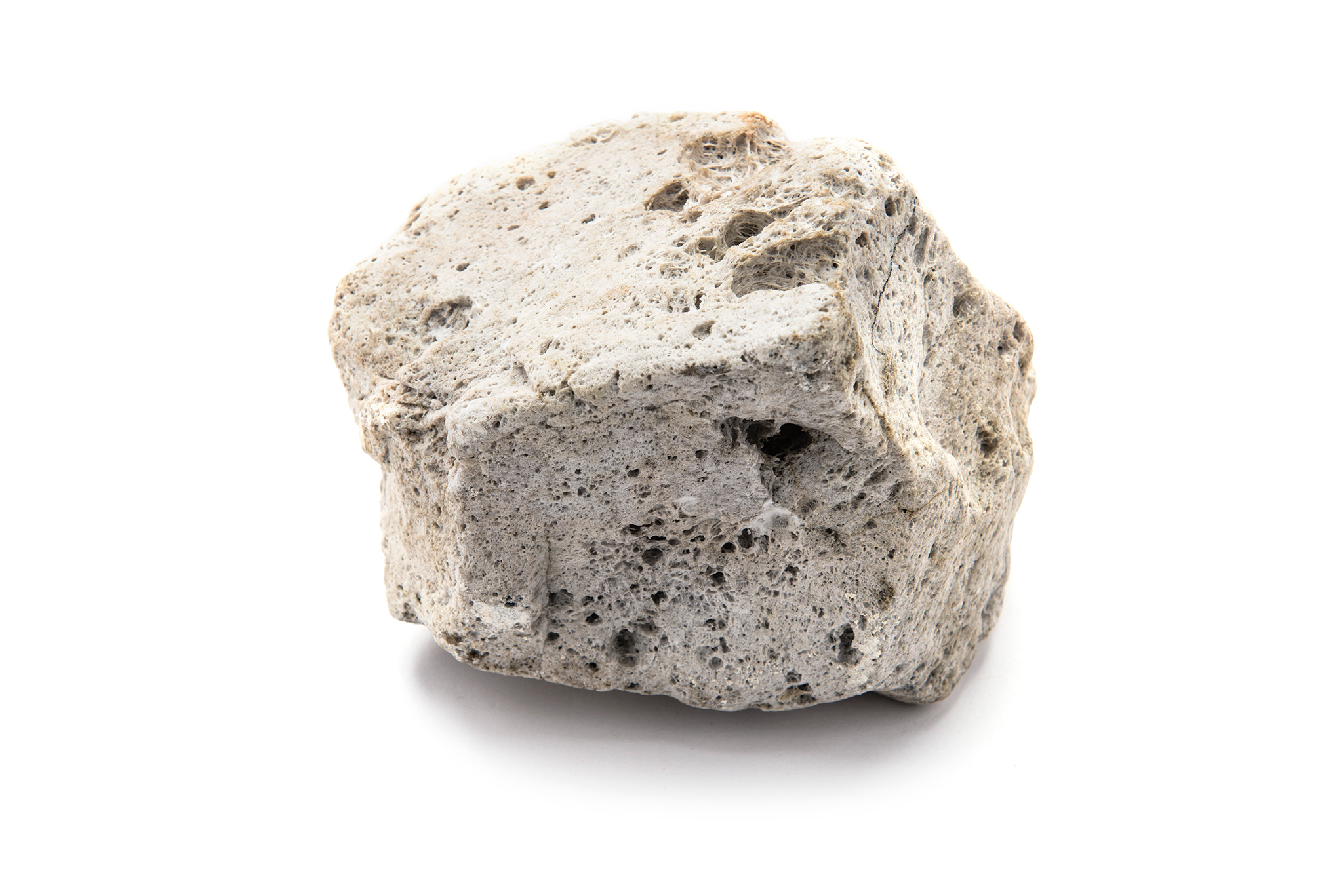Storeroom Stories: Volcanoes
Volcanoes form when pressure builds up under the Earth’s crust. Eventually, the crust ruptures which allows gas, lava, and ash to escape. As the lava builds up, the characteristic cone of a volcano begins to form. The shape of the cone depends on the type of lava being erupted. If the lava is very viscous, or thick, it will pile up to form tall, cone-shaped volcanoes called cinder cones. If the lava is not viscous, it flows farther resulting in a shield volcano. Shield volcanoes are not tall as cinder cones, but cover a larger area. Some of the best known shield volcanoes are those of the Hawaiian islands.
Due to the viscosity of the lava that is erupted from cinder volcanoes, the eruptions from cinder cones are more violent than those of shield volcanoes. The lava and ash in cinder cones commonly clogs the volcano opening. Gas and pressure will build until the volcano violently explodes. Mount Vesuvius experienced this sort of eruption in 79 AD which destroyed the Roman city of Pompei.
The eruption released tons of super heated ash, like the vial seen here, along with molten rock and gas. This mixture, known as a pyroclastic flow, led to the death of at least 1,000 people in Pompei and Herculaneum, another nearby Roman city. Mt. Vesuvius is still considered one of the most dangerous volcanoes in the world due to how many people live near it.





